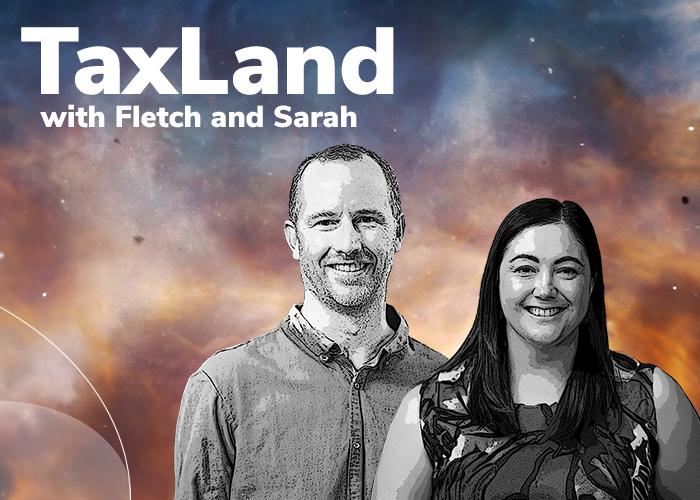The rules for trustees of self managed superannuation funds (SMSFs) investing in “related trusts” changed dramatically from 11 August 1999.
Pre-11 August 1999 investments were exempted from the new rules, and protected by transitional rules that cease to apply after 30 June 2009.
As 30 June is fast approaching. It is important to be aware of the implications for trustees who have been relying on the transitional rules and the options available.
1. First, you are not compelled to wind up pre-1999 unit trusts. These trusts can be very useful to clients, and collapsing them can have potentially significant transaction costs.
While superannuation trustees will not be able to make further investments in existing trusts after 30 June 2009, existing investments in “related trusts” will not become in-house assets.
2. There are three transitional rules that shelter investments from the in-house asset rules.
(a) The trustee of the SMSF can pay the unpaid balance on existing partly paid units issued before 11 August 1999.
(b) The trustee of the related unit trust does not have to pay out the net income to the SMSF unitholder but can re-invest the after tax amount.
(c) The trustee of the SMSF could have made an election (by 22 December 2000) nominating the amount of the debt of the related trust at 11 August 1999, and investing up to that amount.
The first and second exemptions can be used together, and the third excludes the use of the other two.
3. Take full advantage of the transitional rules while you can.
(a) If a SMSF trustee can take further advantage of the transitional rules we suggest that you consider maximising this investment before 30 June 2009.
(b) Are all partly paid units paid up?
(c) If the debt election was made is there any capacity to invest further?
4. If the trustee of the related unit trust intends to re-invest after tax income for the 2009 year, the ATO considers the distribution will need to be paid to the SMSF and re-invested prior to midnight on 30 June 2009.
Therefore clients could consider making an interim profit distribution for this year if they want to re-invest 2009 year profits.
5. Continue existing debt facility.
(a) The pre-1999 unit trust can continue to maintain existing borrowings but will not be able to apply trust income to repay principal as, from 1 July 2009, the trustee of the unit trust will be required to distribute all income to the SMSF unitholder by making a payment.
Therefore, the trustee of the related unit trust could:
(i) convert the existing loan to an interest only facility; or
(ii) ensure the capital repayments are less than non-cash deductions.
(b) The financier does not have to be an unconnected entity, so a related party could advance a new loan.
The loan must be on arms length terms (commercial interest rate, appropriate security and document the loan) and you need to also consider any possible Division 7A consequences.
(c) If the related party cannot refinance the entire loan now, the related entity could lend trustee of the unit trust an amount sufficient to repay principal on the external debt.
This allows the trustee of the unit trust to continue principal repayments to the bank, and still have the cash to pay profits to the SMSF unitholder.
6. Transfer units to a related entity
(a) A related entity can acquire units in the trust at market value.
(b) This can be done by transferring units from the SMSF or issuing new units to the related entity.
(c) You will need to consider the possible CGT consequences on any transfer or issue of units.
(d) In some cases it the transfer or allotment of units can be implemented without paying stamp duty (in Queensland).
7. Capital gains
(a) In some cases the trustee of the unit trust may sell assets and want to reinvest any capital gain.
(b) If the trust deed is appropriately drafted, the trustee can reinvest the capital gain without having to distribute it to the SMSF unitholder.
To achieve this outcome, the unit trust must have other net income for the year, and the trust deed must allow some flexibility in determining “income”.





